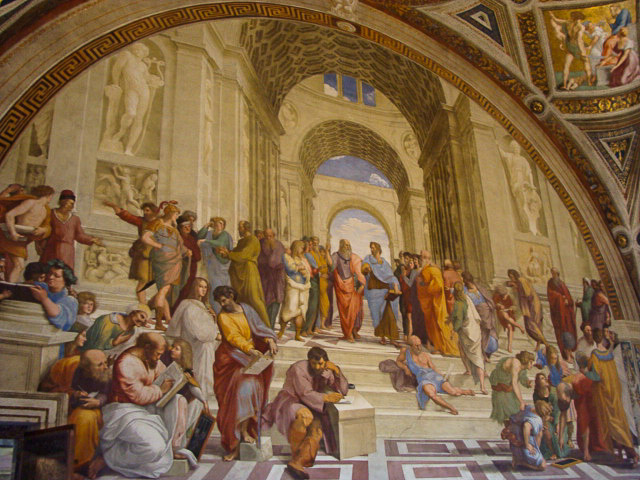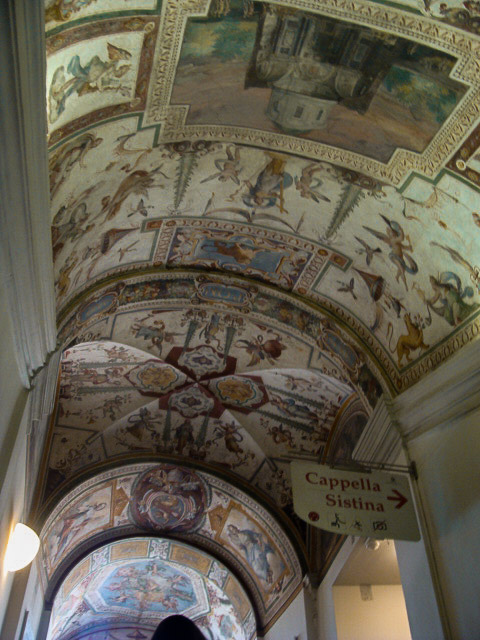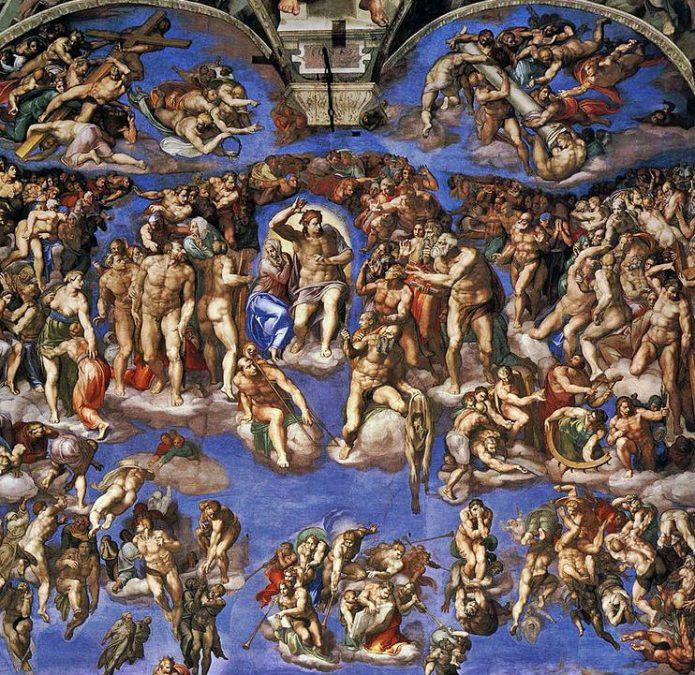Whether you come for 3 days in Rome, whether your stay lasts a bit more or less, a tour of the Vatican Museums is a must. In fact, this visit alone justifies a travel.
Believe us, a visit to the Vatican Museums is such an exciting experience that will hardly be erased from your mind. Once you get out of there, you’ll be struggling to figure out how much beauty has passed under your eyes.
The museum complex is characterized by seven kilometers of exhibition space and contains more masterpieces than many small countries.
It is located in the Vatican Apostolic Palace and offers visitors one of the largest art collections in the world. They say that, to visit the Vatican Museums, it would take an average person about twelve years, do not think therefore that you will be able to see it all in a single visit!
The advice that we give you is to give precedence to:
- the Raffaello Rooms
- the Pio-Clementine Museum (to stay in ecstasy in front of Laocoonte and Apollo of Belvedere)
- the Pinacoteca (do not miss the Raffaello Transfiguration)
- the Geographic Gallery
- the awesome Sistine Chapel (here to ensure your priority entry)
We remind you that museums are equipped for disabled people and, upon reservation, wheelchairs are available free of charge (for bookings: contact the reception at musei@scv.va or for direct requests contact the “special permits” desk).
It is also possible to enter with strollers.
Since queues at the Vatican’s ticket office are endless, we suggest you to buy the tickets online, you will save you a lot of time and avoid the stress of a queue.
1. RAFFAELLO’S ROOMS
These were the private apartments of Pope Julius II, who entrusted to Raffaello, who was then 25 and was not yet very famous, to realize the frescoes of the four rooms. This commission allowed the painter to raise his “quotations” considerably. However, only two rooms were painted directly by him: the Signature Room (the study) and the Room of Heliodorus (the waiting room used for private hearings). The other two rooms, the Room of the Village Fire (the dining room) and the Constantine Hall (reception hall) were designed by students who followed his designs.

2. THE PIO-CLEMENTINO MUSEUM
It houses a fantastic set of classic statues. Among these, the most famous are the “Apollo del Belvedere” (Roman marble copy produced in the 2nd century BC of an original Greek statue in bronze dating to the fourth century BC), considered one of the great masterpieces of classical art, and the Laocoonte group (depicting a Troyan Priest of Apollo and his children fighting a deadly struggle with two sea snakes), which is also a Roman copy of a Greek original statue dating back to the I century. A.D. Both are located in the Ottagono Courtyard, the central courtyard of the palace.
3. ART GALLERY (PINACOTECA)
It was made by Pope Pius XI in 1932 and accommodates 460 paintings arranged in chronological order from the XI to the XIX century, with works by Giotto, Beato Angelico, Filippo Lippi, Guido Reni, Raffaello, Caravaggio and several other great artists.
4. GEOGRAPHIC MAPS GALLERY
One of the lesser-known venues of the Vatican Museums, this gallery, 120 m long, is covered by huge and beautiful topographic maps, all made between 1580 and 1583 for Pope Gregory XIII on the basis of the indications of one of the the greatest cartographers of the time, Ignazio Danti.
5. THE SISTINE CHAPEL (CAPPELLA SISTINA)
Visited by over 4 million people a year, it is the only place in the Vatican Museums that nobody would think of skipping. The Sistine Chapel is a spectacular place to visit and will be unforgettable.
It was originally built for Pope Sixtus IV and was inaugurated on the 15th August 1483.
It is a parallelepipedon with a barrel ceiling 40.2 m long, 13.4 m wide and 20.7 m high, the same size, as it was assumed, of the Temple of Solomon in Jerusalem.
All the chapel, already frescoed by the best Renaissance artists, including Botticelli and Pinturicchio, just to name a few, and with a marble flooring in many colours was sacrificed to give space, all along, to two masterpieces by Michelangelo: the Genesis, realized between 1508 and 1512 and the amazing Universal Judgment, painted in 1541.
In the latter, unlike the vault, it is impressive the amount of overseas blue that has been used. At that time, blue was very expensive, because it was made with lapis lazuli. But since it was paid by the Pope Julius II, Michelangelo did not bother. On the contrary, he did not spend much in painting the vault since he had to pay personally for the materials.

Timetables: Monday to Saturday 9.00-18.00 (last entry at 16.00 and exit from the halls half an hour before closing)
You may also be interested
Visiting Rome in 3 days – Our recommended itinerary
Visiting Rome in 2 days with children – Where to go and what to do
The Vatican Museums
Visit the Vatican City – What to visit
